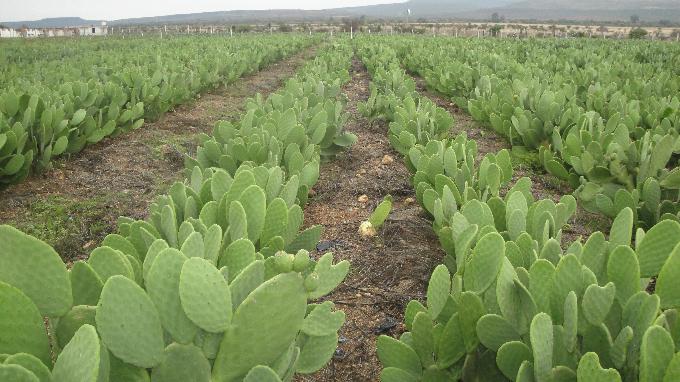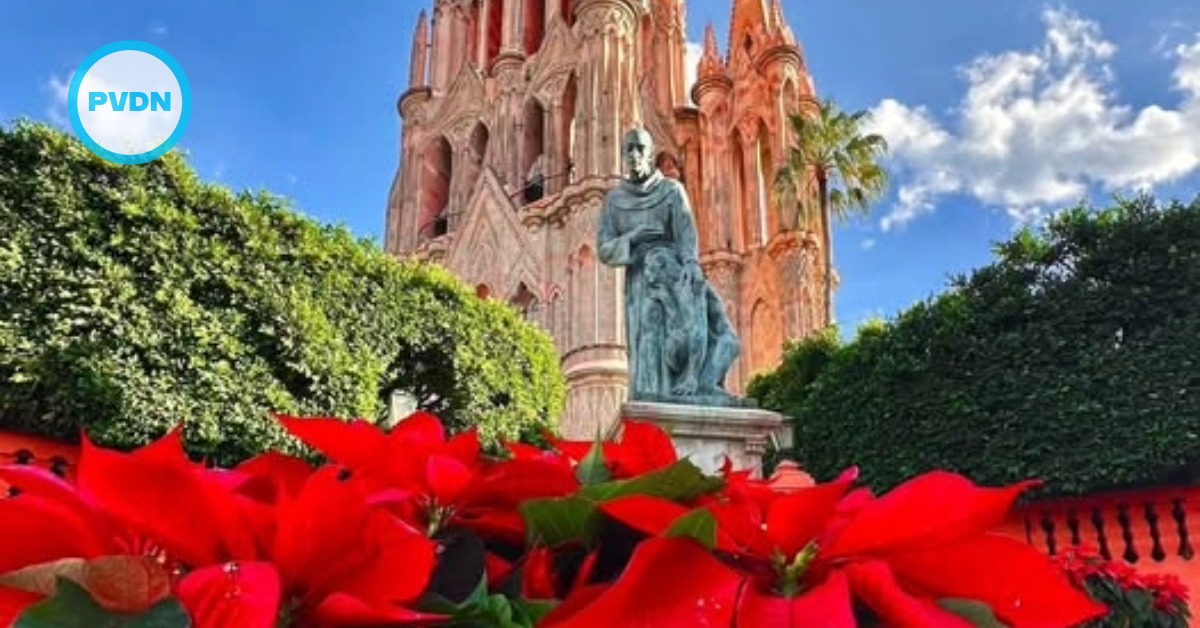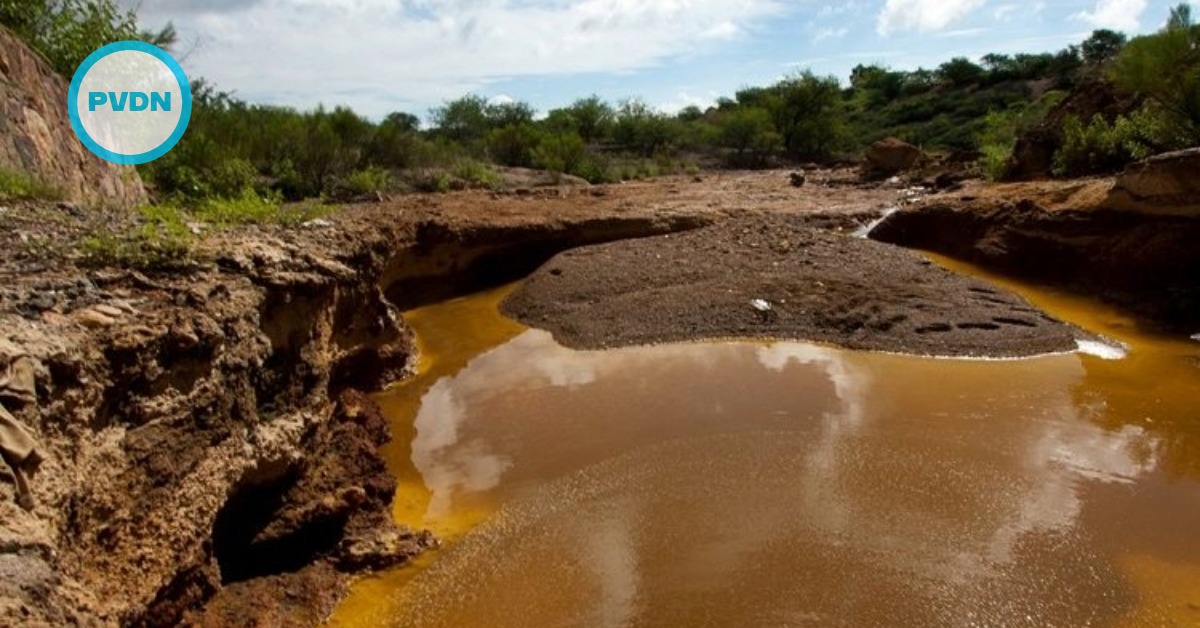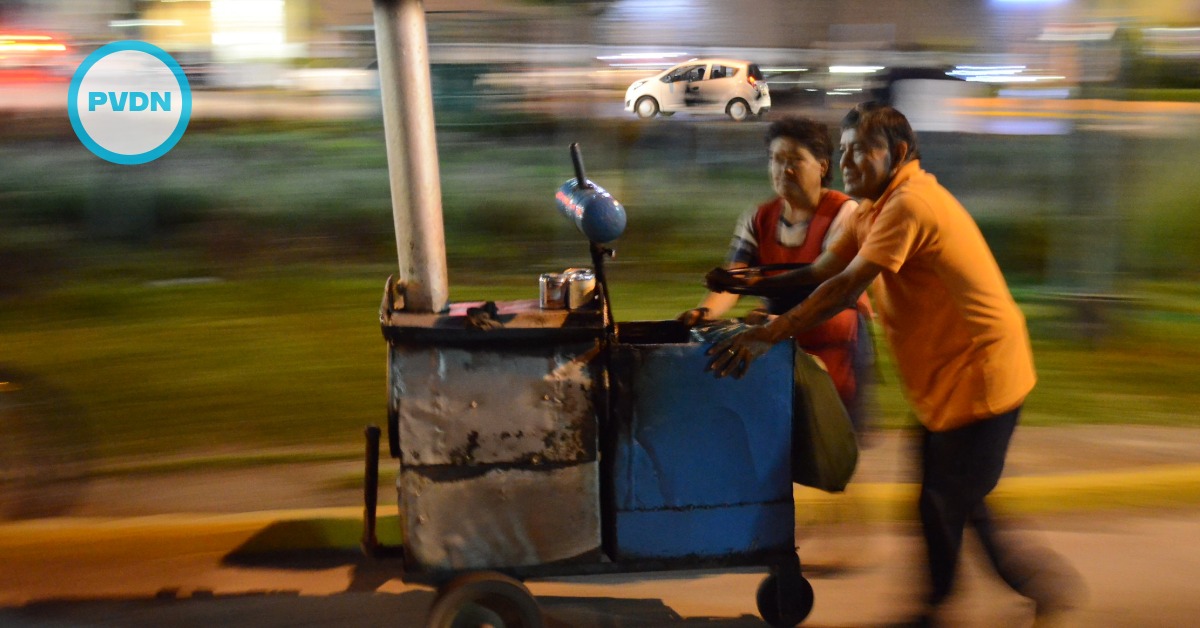Mexico is the leading producer of fresh prickly pear cactus for human consumption worldwide with 12,000 hectares planted and a production of nearly 825,000 tons per year. According to experts, apart from human consumption, this product could be used in other areas, such as cosmetics, fodder for livestock, the generation of biogas and electricity, or in the pharmaceutical industry.
Clemente Gallegos Vazquez, a researcher from the Autonomous University of Chapingo, said that, to increase production so it can be used industrially, Mexico needed the public and private sectors to invest more in this area because the production of . . .






